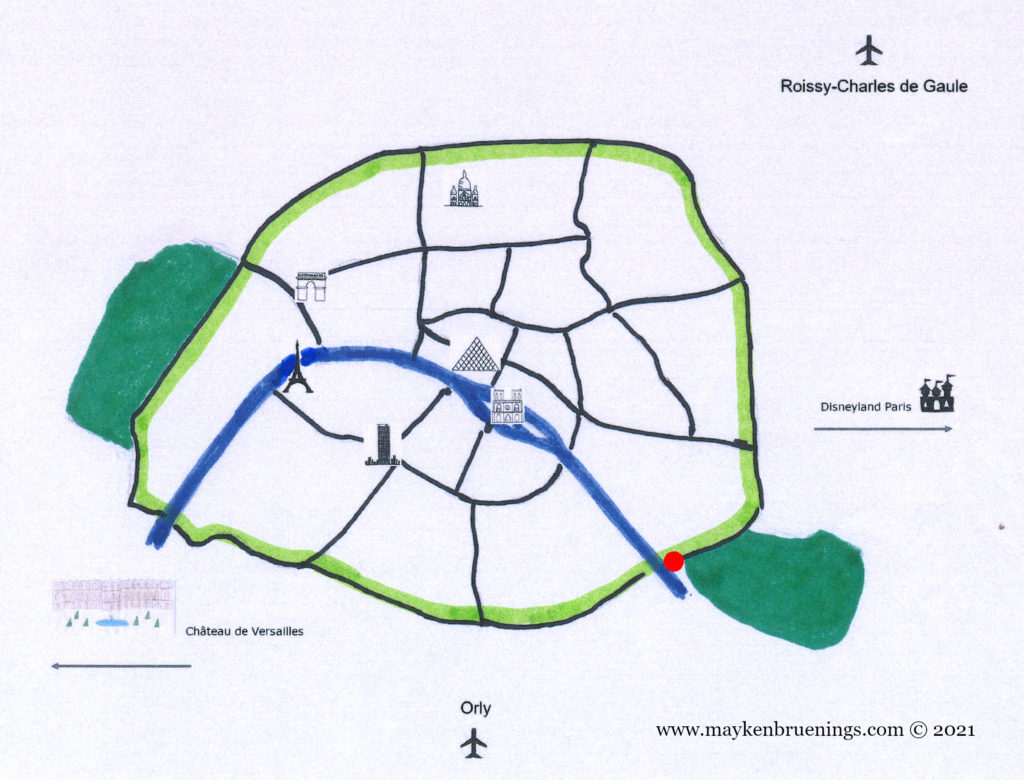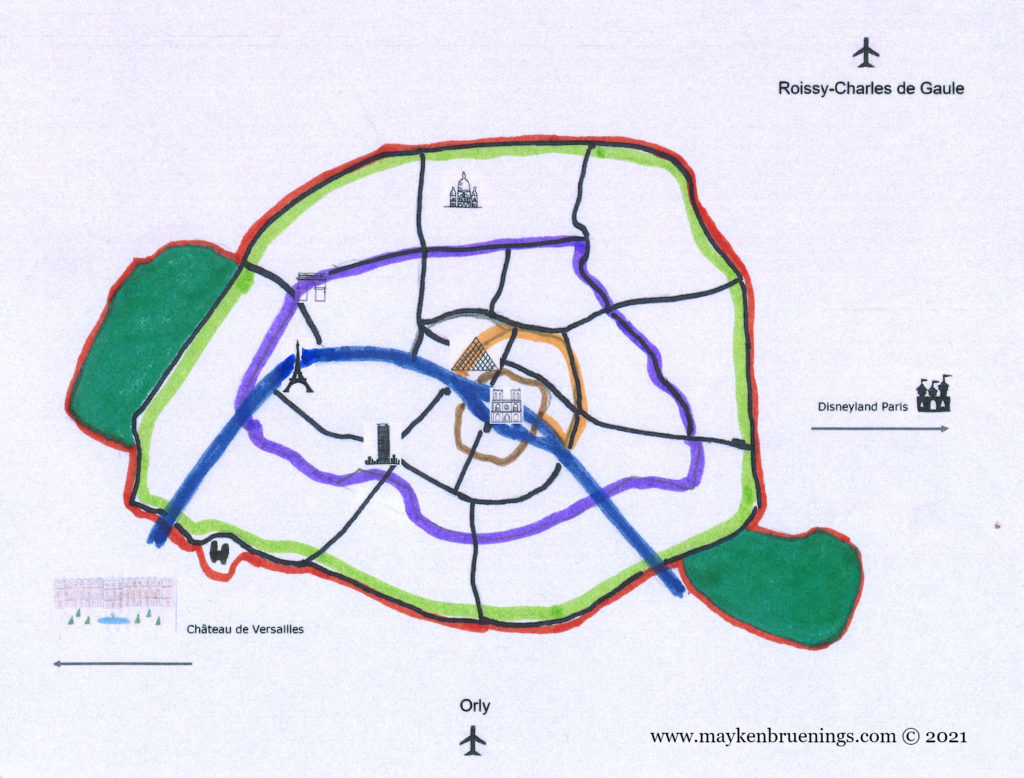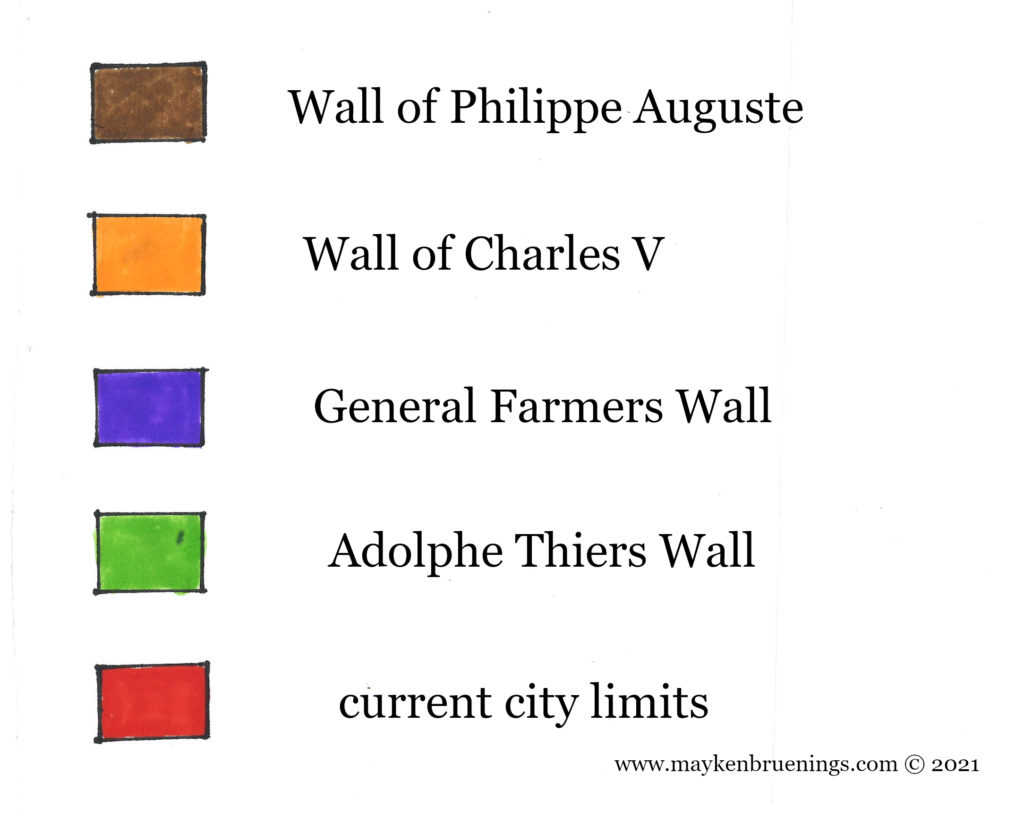The final city wall that was an actual wall was built between 1841 and 1844 on the orders of Adolphe Thiers, President of the Council, a position that corresponded to that of Prime Minister. It ran around the entire city, a space of almost 80km² and followed the boulevards des Maréchaux, a 33,7km-long ring road named after Marshals of the First French Empire that circles Paris and can today be traced by the PC (Petite Ceinture) buses (west) and the tram lines T3A (south and east) and T3B (east and north).


It was destroyed between 1919 and 1929, and only very few short sections remain, such as Bastion 44 in the rue du Bastion in the 17th arrondissement, the Poterne des Peupliers (a postern) in the 13th arrondissement or Bastion 1 at Porte de Bercy in the 12th arrondissement, in the middle of the Bercy interchange.




